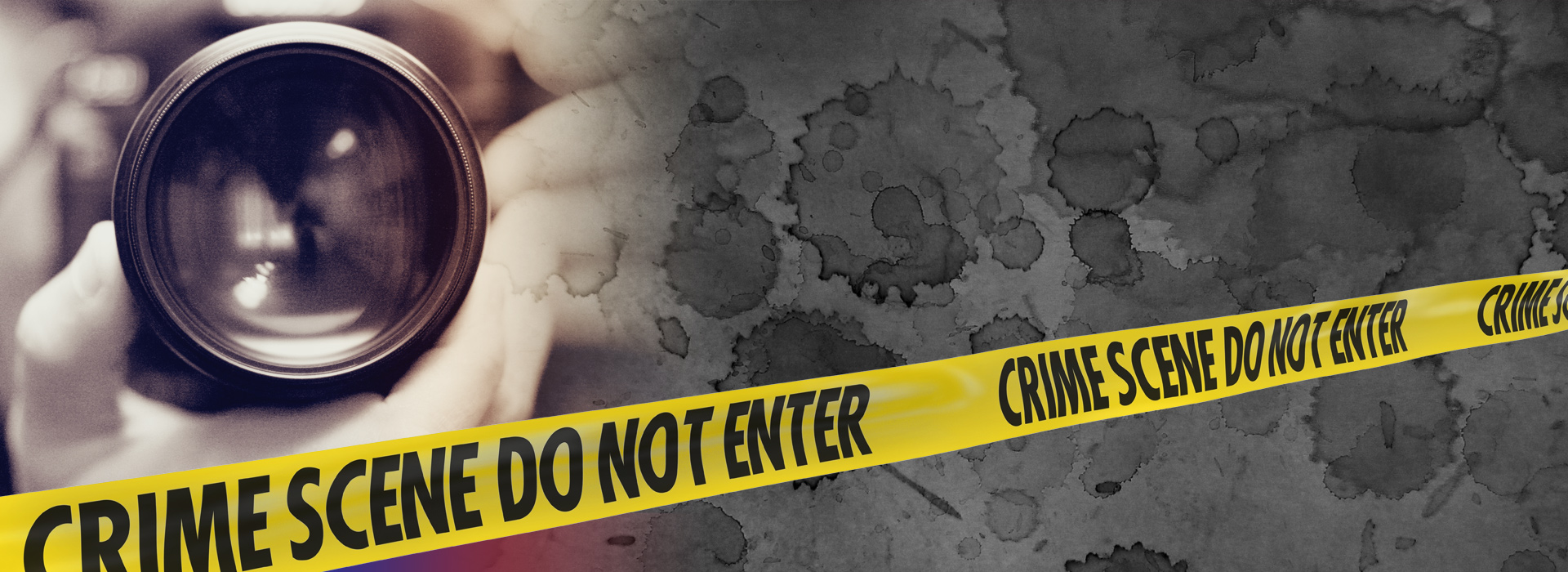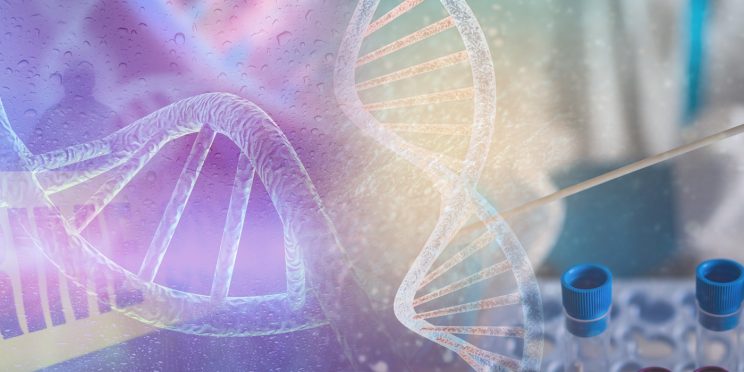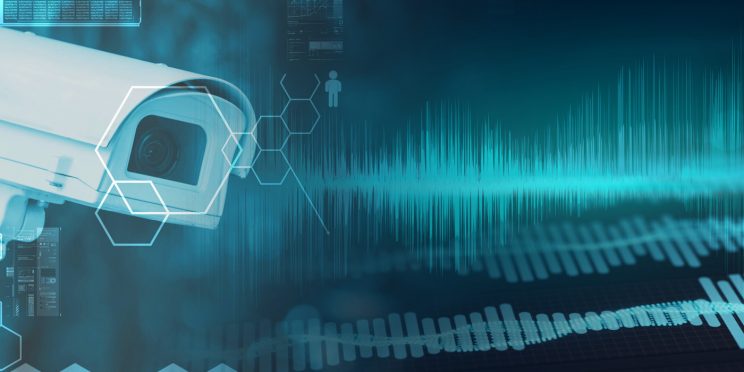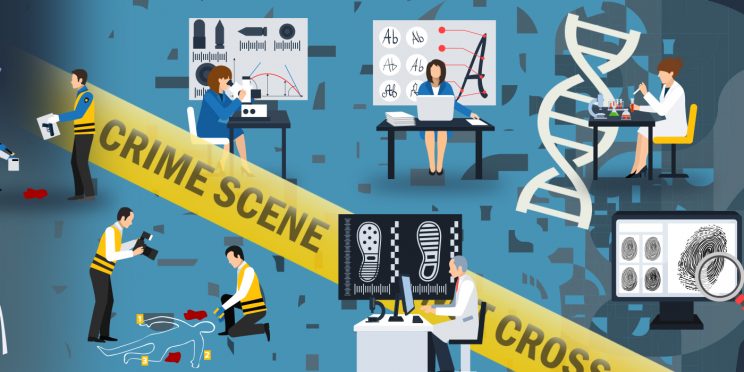National Institute of Justice and University of South Carolina
Date
August 2016
Overview
The detection, collection, and analysis of blood evidence recovered from a crime scene is critical in a forensic investigation because of the potential DNA it carries. However, crime scenes are often chaotic, and biological fluids can be hard to locate. With the support of the National Institute of Justice (NIJ) funding, chemist Stephen Morgan, PhD, and his team at the University of South Carolina in Columbus, SC, developed a prototype thermal infrared (IR) camera that can rapidly and selectively identify blood stains in ambient lighting without the use of reagents. The camera, which can be operated by a person with minimal technical knowledge, highlights blood stains by filtering out wavelengths that are not characteristic of blood proteins.
“This technology provides the ability to detect blood in all sorts of circumstances, even in some cases where traditional techniques can’t.”
- Stephen L. Morgan | University of South Carolina
Funding for this Forensic Technology Center of Excellence success story was provided by the National Institute of Justice, Office of Justice Programs, U.S. Department of Justice.
The opinions, findings, and conclusions or recommendations expressed in this success story are those of the author(s) and do not necessarily reflect those of the U.S. Department of Justice.
Contact us at ForensicCOE@rti.org with any questions and subscribe to our newsletter for notifications.




